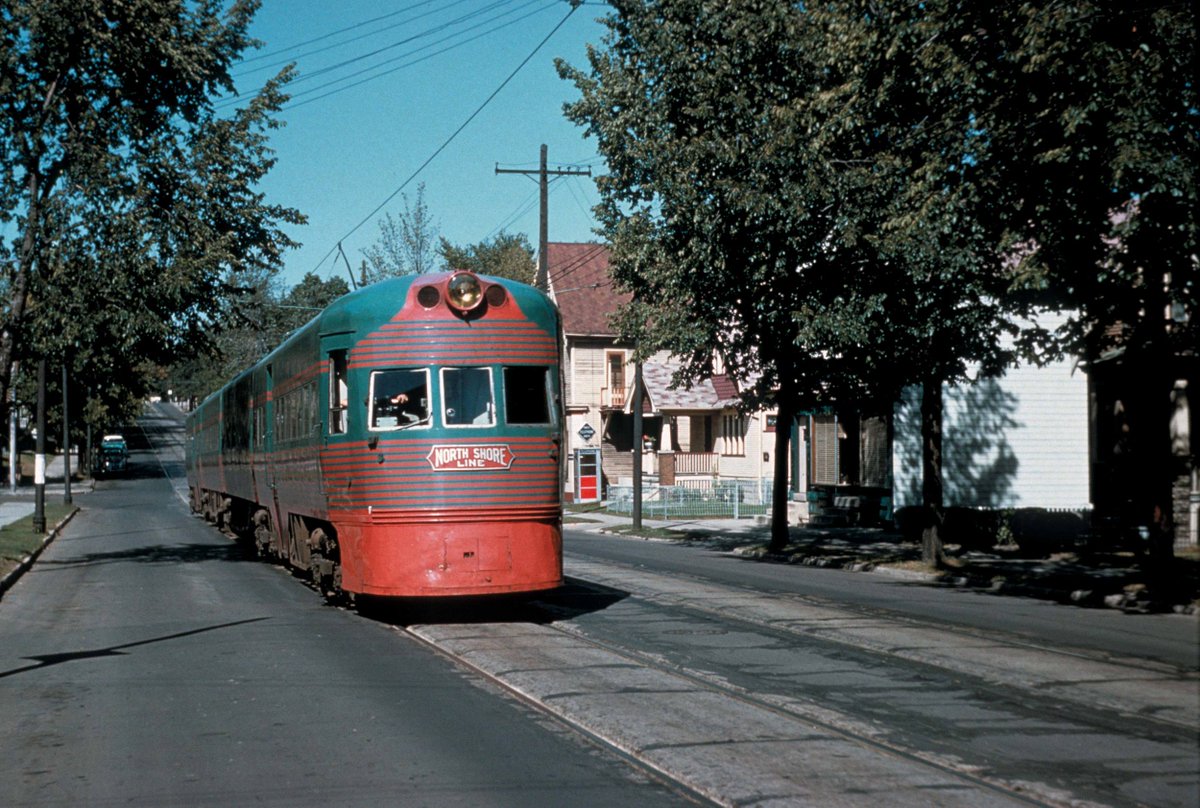By 1920, the network of interurbans in the US was so dense that a determined commuter could hop interlinked streetcars from Waterville, Maine, to Sheboygan, Wisconsin—a journey of 1,000 miles—exclusively by electric trolley.
🧵🚋

🧵🚋


The tracks, and often the wires, extended deep into forest and farmland, making the railroads de facto intercity highways; after nightfall in the countryside, farmers would signal drivers to stop by burning a rag next to the track. 

Streetcars and interurbans became the dominant mode of urban transportation in North America, carrying 11 billion passengers a year by the end of the First World War. 

What happened? In the 1920s, cars really starting clogged the streets and highways, and the streetcars and interurbans, from being quick and efficient, became the most sluggish things on the road. GM and motordom hurried things along by promoting "bustitution" of rail. 

For the time being, the future is being written elsewhere. (As in #France, where #Orléans and scores of other cities have brought back tramways.) But never say never again... 

P.S.:
"Who needs a car in LA? We've got the best public transit system in the world!"
—Ed Valiant, Who Framed Roger Rabbit?
"Who needs a car in LA? We've got the best public transit system in the world!"
—Ed Valiant, Who Framed Roger Rabbit?

"Of 13 cities in Los Angeles County in 1919, all but one was located on a Pacific Electric line."
—Spencer Crump
Before the freeways came, Los Angeles, with its Yellow Cars (streetcars) and Red Cars (big interurbans) was the transit city par excellence.
—Spencer Crump
Before the freeways came, Los Angeles, with its Yellow Cars (streetcars) and Red Cars (big interurbans) was the transit city par excellence.

I go into the whole history of this (including the "General Motors Streetcar Scandal," not as straightforward as usually portrayed) in the Los Angeles chapter of my book #Straphanger.
amazon.com/Straphanger-Sa…
amazon.com/Straphanger-Sa…
• • •
Missing some Tweet in this thread? You can try to
force a refresh



























